DESCRIPTION
On an average day, Hawaii’s 1.4 million residents host 220,000 visitors and up to 35,000 people fly in and out of its airports. In 2017 more than 9.1 million tourists are projected to visit Hawaiʻi, the highest total ever. By 2020 this number is expected to rise to just over 9.5 million. The president and CEO of the Hawaiʻi Tourism Authority, George Sziget, supports this growth, while acknowledging that it needs to be thoughtfully considered. In an interview with ‘Hawaiʻi News Now’ Mr. Sziget said, "We are committed to maintaining this positive momentum in 2017, while also assessing as to how HTA can collaborate with industry partners and community advocates to ensure that promoting tourism is balanced with the perpetuation of Hawaiian culture and protection of Hawaii's natural resources."
How can nanotourism take root in a system designed to accommodate mass tourism?
This course will focus on Kakaʻako, a 600-acre waterfront district in downtown Honolulu. Kakaʻako originated as coastal swamplands, where native Hawaiians fished, produced salt, launched their canoes and practiced religious rituals. A large portion of current day Kakaʻako sits on reclaimed land built upon coral reef. Rapid urbanization in the early 1900’s saw downtown Honolulu stretch east into Kakaʻako. It transitioned into a residential area inhabited by tenements and immigrants camps, that were themselves eventually displaced by small industrial businesses and warehouses.
How can nanotourism create social awareness about the local indigenous history and culture?
For the past three decades, developers and state officials have been repositioning Kakaʻako as a mixed-use, walkable, urban village that is planned to be the densest neighborhood in the Hawaiian archipelago, housing over 30,000 residents.
Today, Kakaʻako is home to one of Hawaiʻi’s most vibrant arts scenes, hosting the annual ‘POW! WOW!’ arts festival. Local and international artists create urban scale art pieces on the faces of the warehouses that line the streets of this emerging neighborhood. Microbreweries and farm-to-table restaurants are springing up alongside new residential highrises and the remaining warehouses.
What role can nanotourism play in Kakaʻako’s rapid transformation?
nanotourism is a creative critique to the current environmentally and economically unsuitable effects of mainstream tourism by proposing locally-specific alternatives through bottom-up processes. The programme focuses on the development of design strategies which rely on local material and social resources to create hyper site-specific projects in 1:1 scale.
LOCATION
Kaka'ako,
Honolulu,
Oahu, Hawai’i,
USA
PROJECTS
MENTORS
VISITING CRITICS
SYMPOSIUM SPEAKERS / GUIDES / CULTURAL EXPERTS

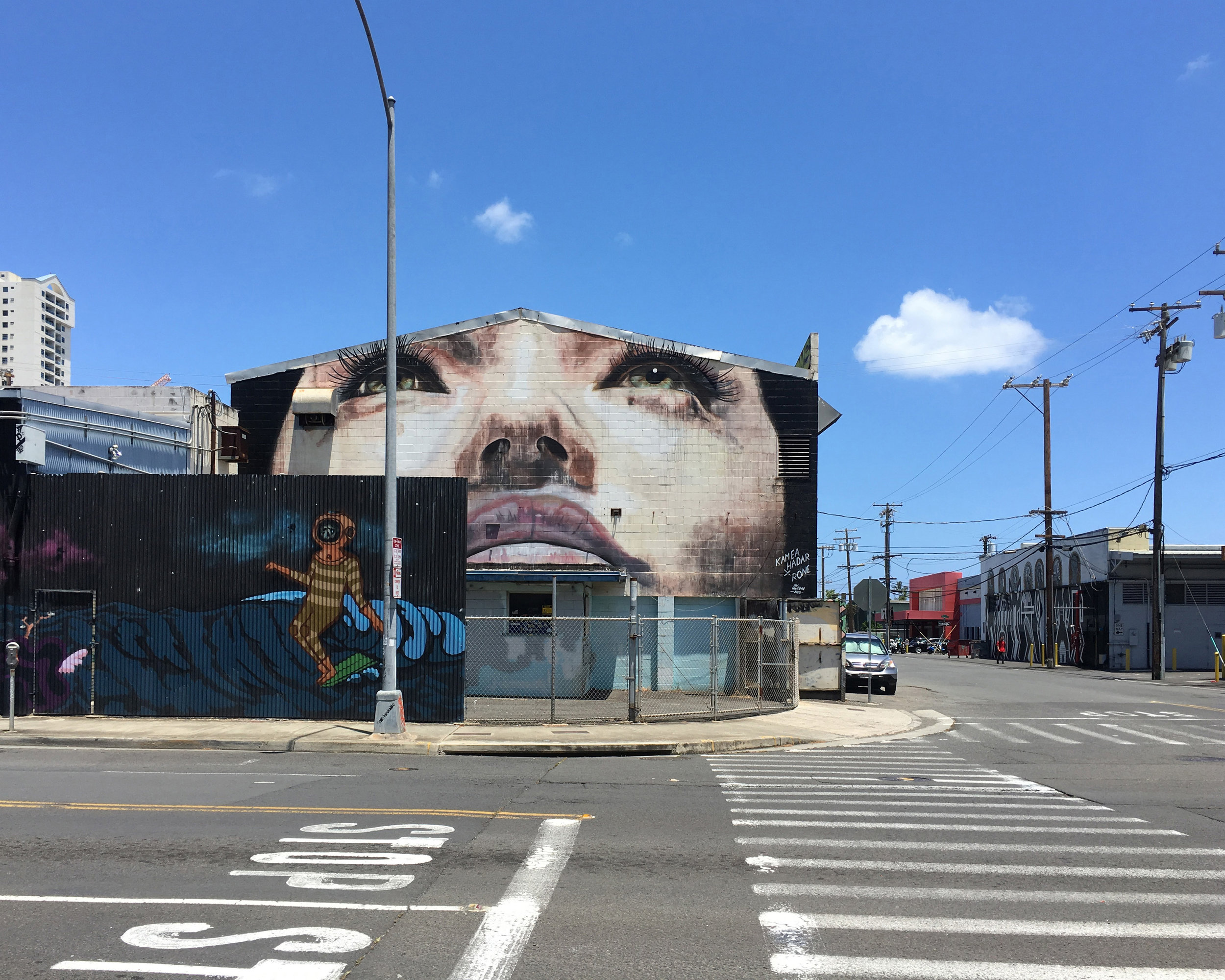
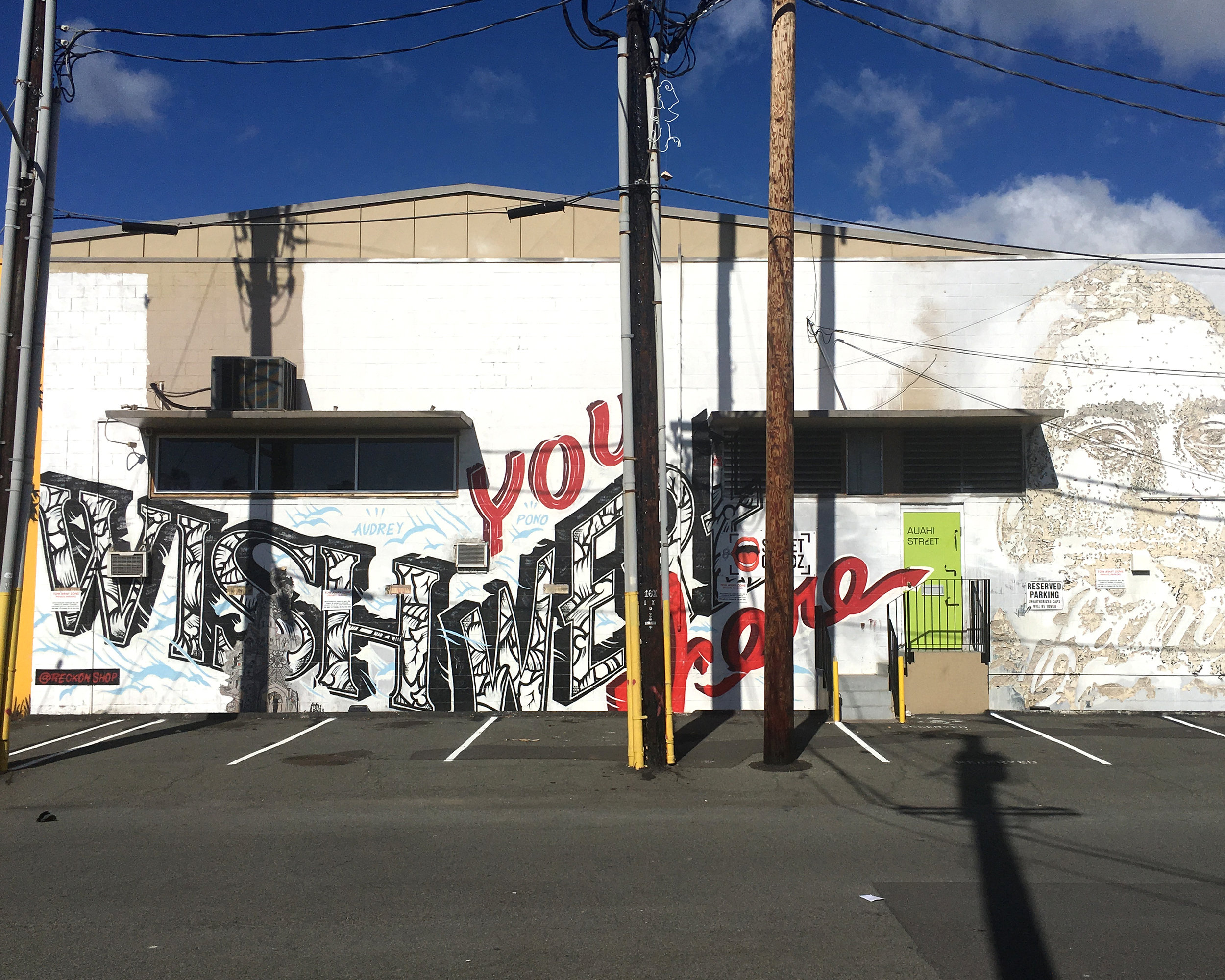

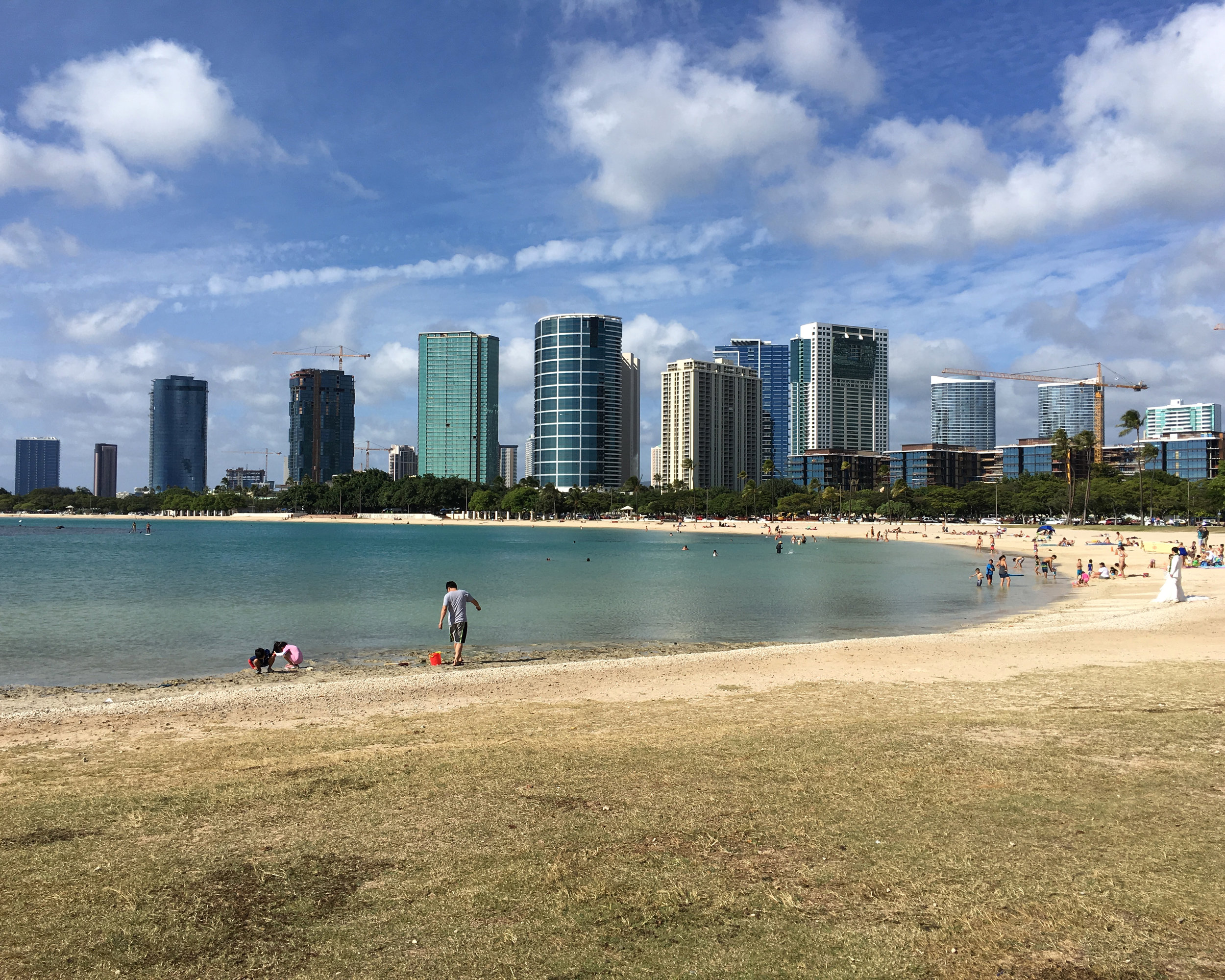
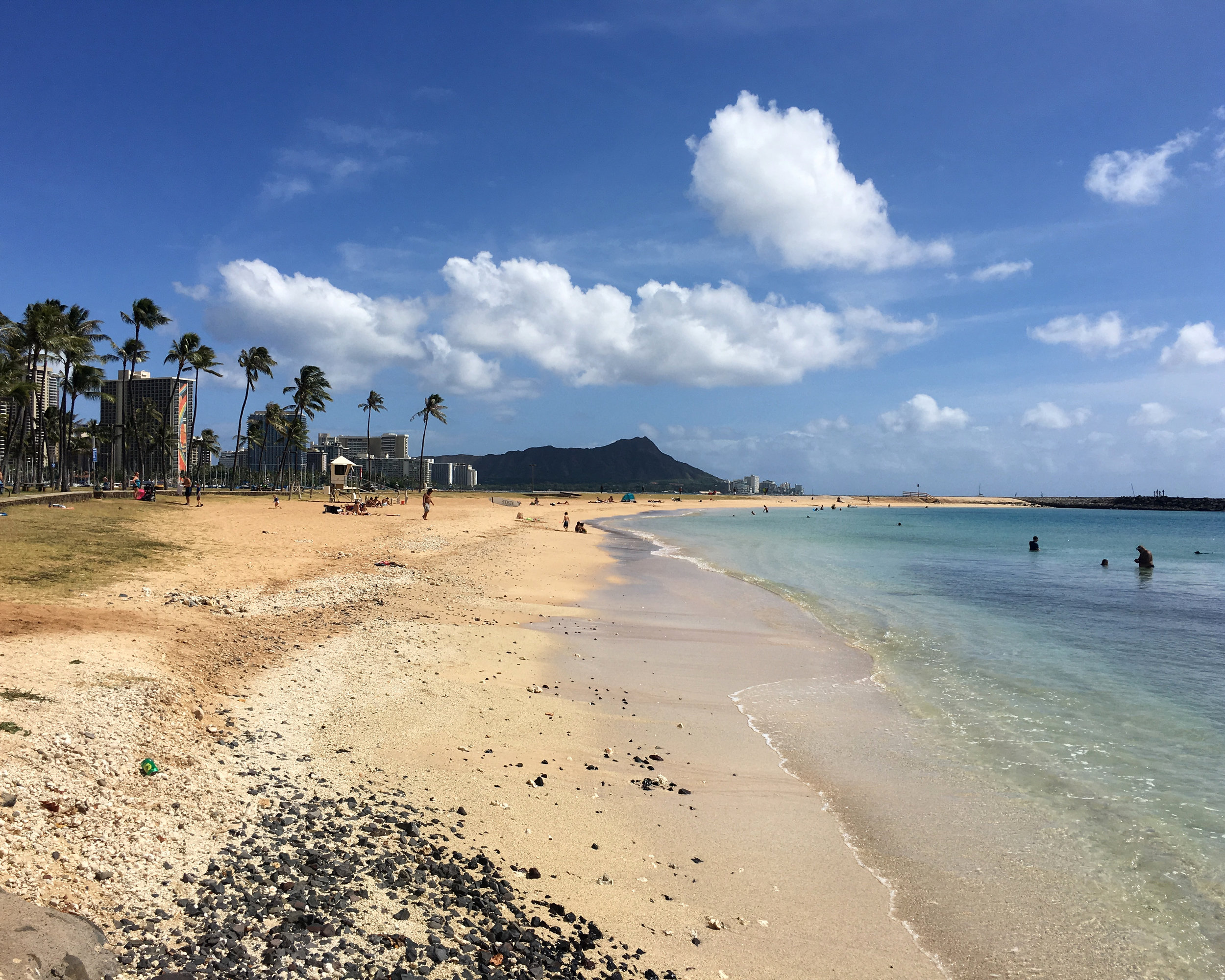
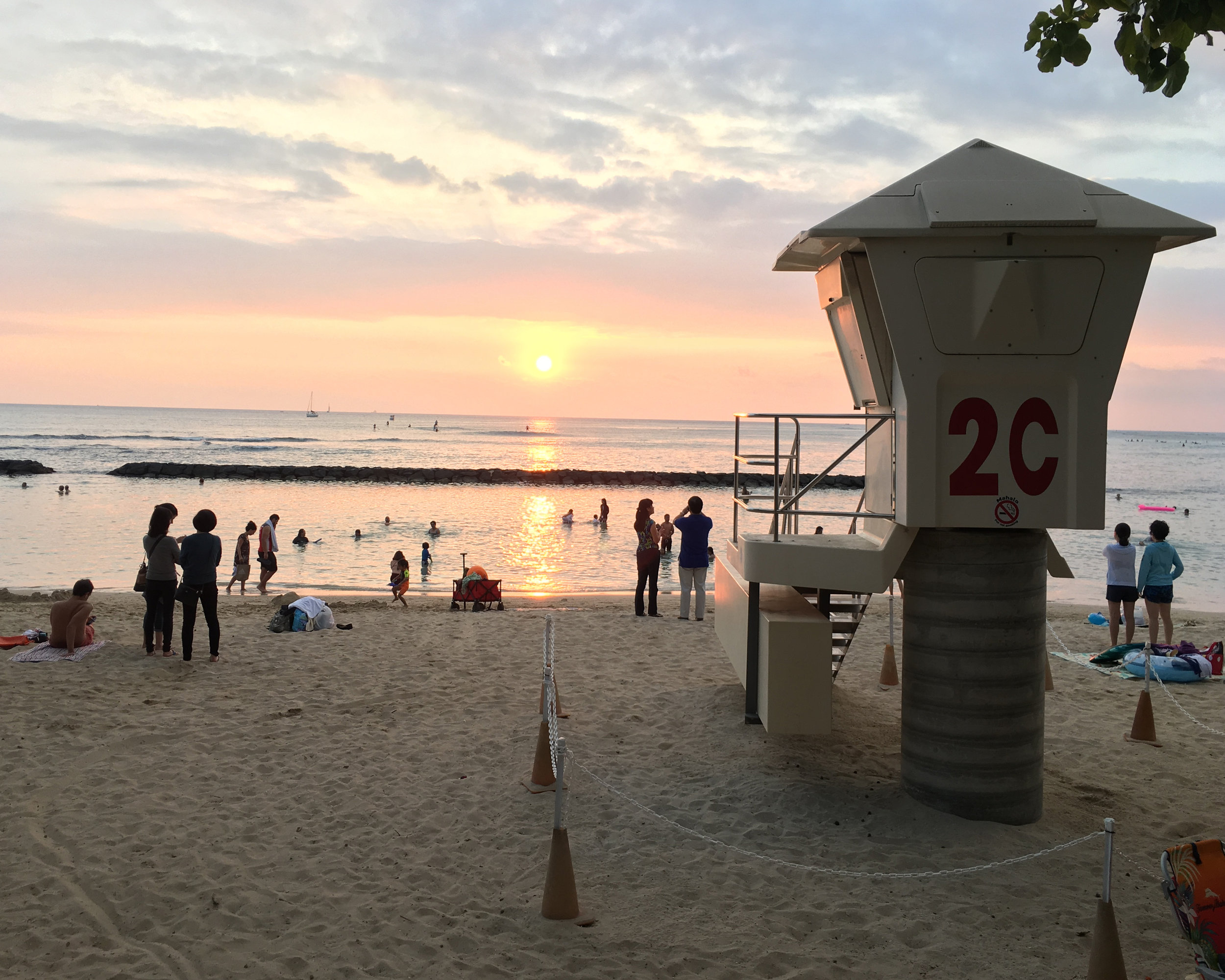
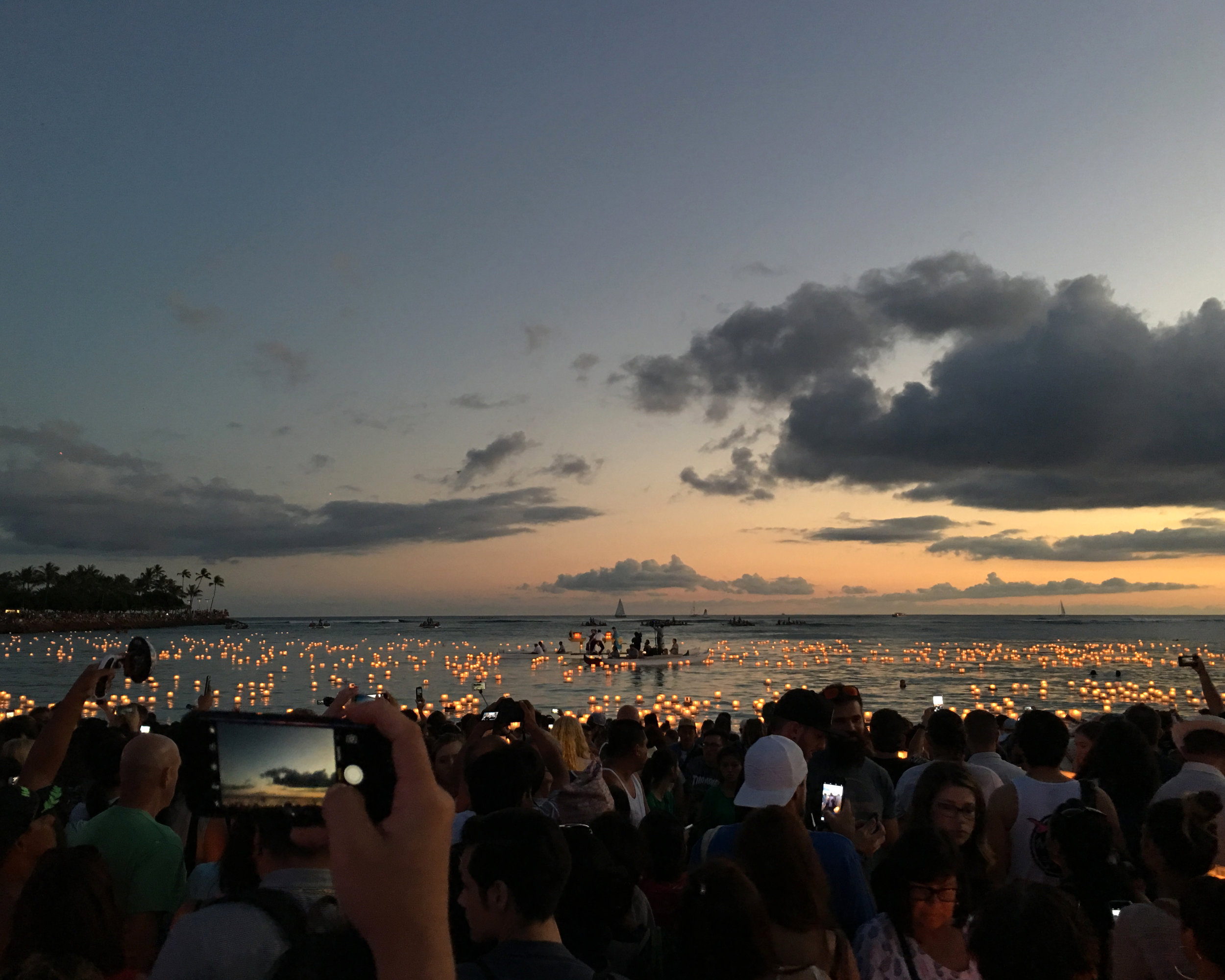
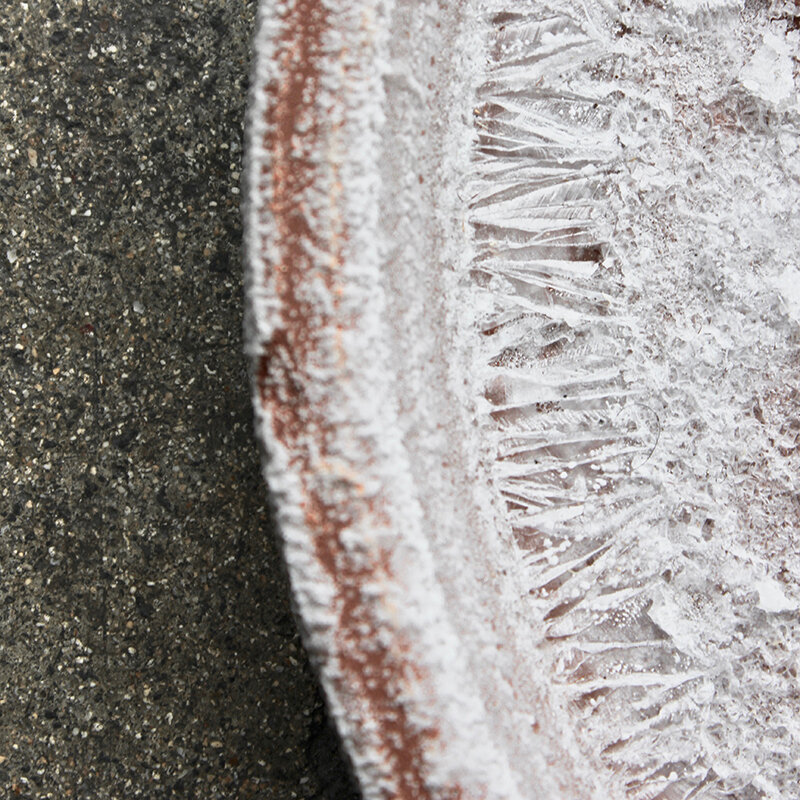
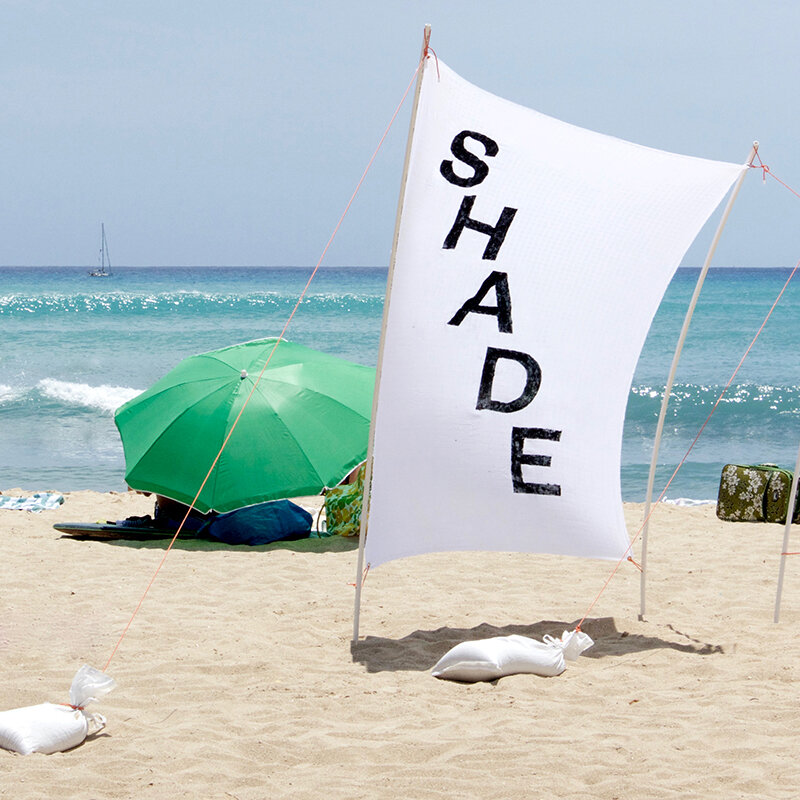
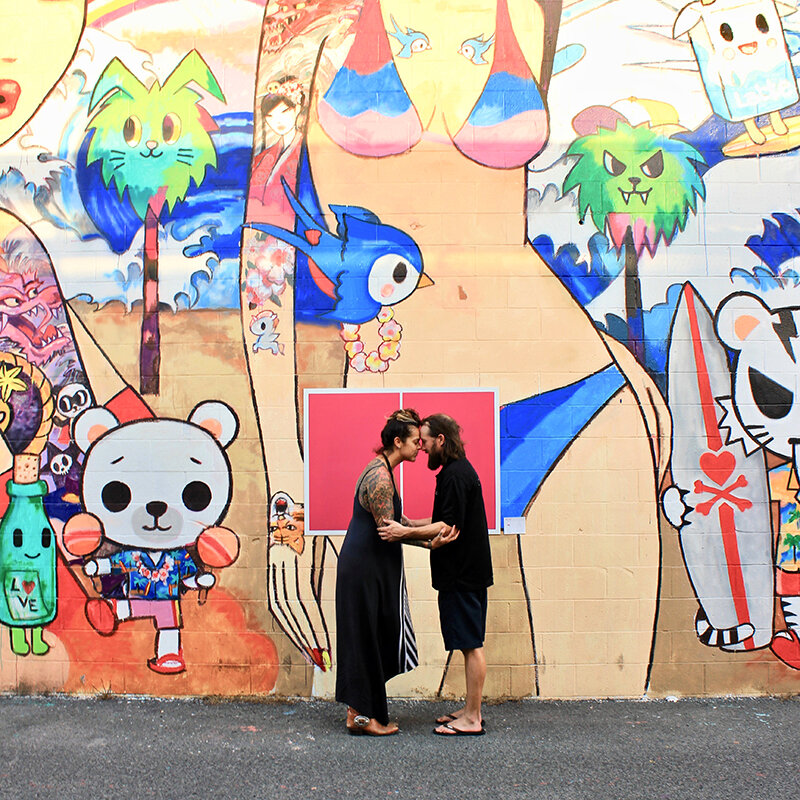
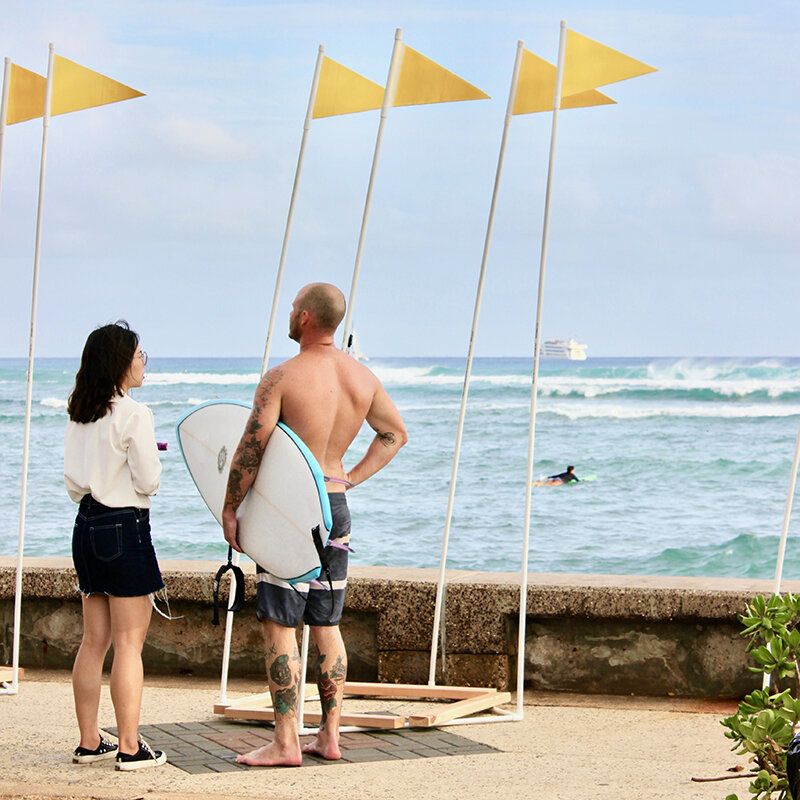







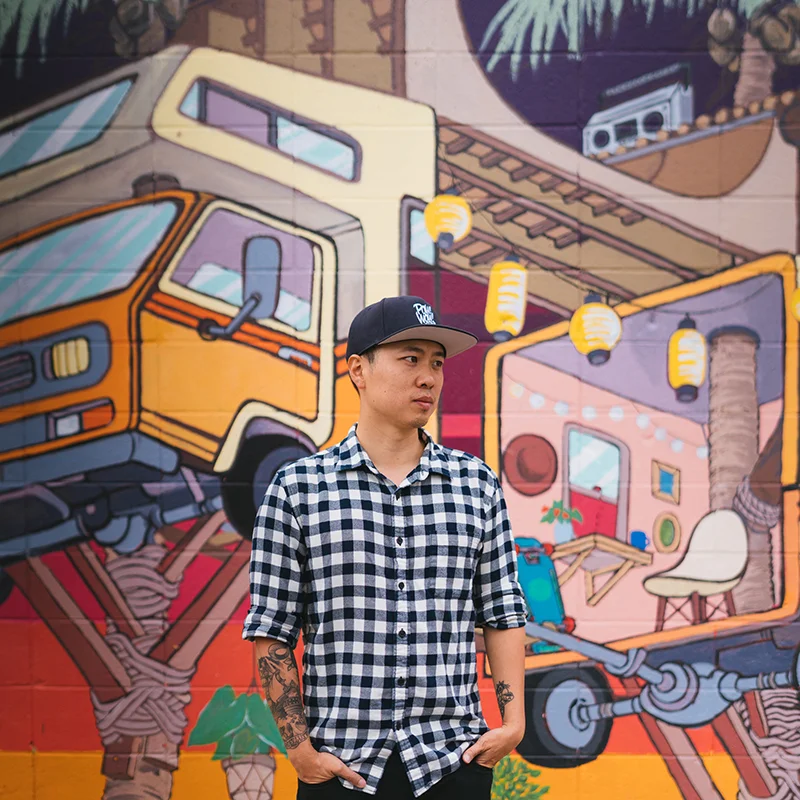



Programme Head / Course Head / Mentor
Aljoša Dekleva (b. 1972) graduated at Faculty of Architecture in Ljubljana and Architectural Association DRL (M.Arch with distinction) in London (2002). At the AA co-founded +RAMTV. In 2003 he co-founded the architectural practice ‘dekleva gregoric architects’.
www.dekleva-gregoric.com